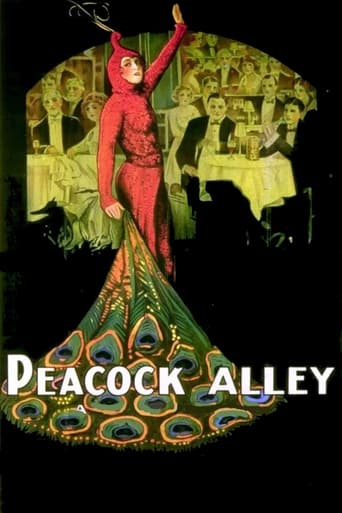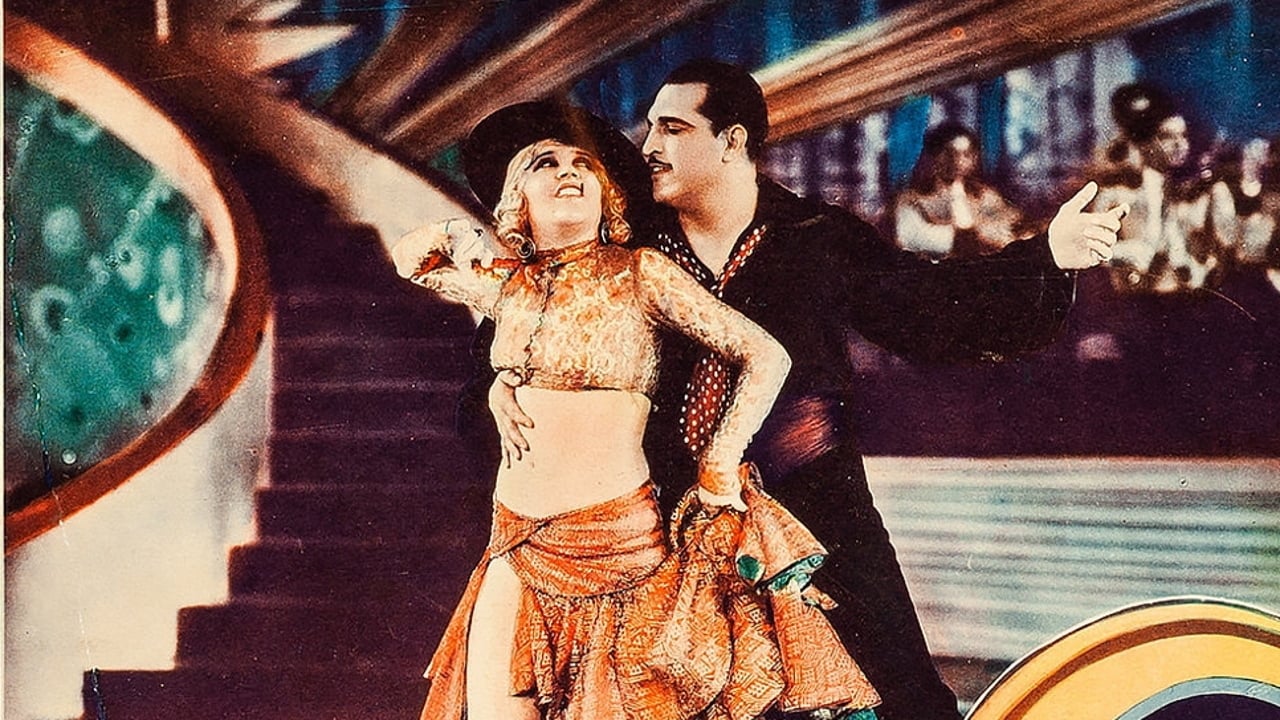arfdawg-1
The Plot nonsense manner, so when she finds herself in the New York City hotel-suite, in fashionable Peacock Alley, of Stoddard Clayton, she wastes no time. Claire wants to get married. But, Stoddard, whom she cares for very much, has several proposals directed at her, none of which sound remotely like a marriage proposal; Claire tells him, in her straight-forward, no-nonsense manner that she wants to get married because, in her words: "I'm running away from the doubts and uncertainty and problems of a woman who isn't married." Stoddard thinks that nuptial bonds is a stupid old-fashioned tradition and fatal to romance. She says any man who says that is lying, and when she departs his suite at the crack of dawn, she seems convinced Stoddard indeed believes what he said he believed. But Claire has another option awaiting her...a Texan from home, and she promptly accepts his marriage proposalI am dumb founded that this movie gets over a 6 rating. It is truly horrible. The only marginally interesting thing about it is the short strip/dance segment toward the end that was filmed in some sort of early technicolor. Now the entire thing is basically red and appears to be been sped up.Other that than curio, the movie is a complete waste of time.
ptb-8
My research about TIFFANY STUDIOS has revealed that initially they were a production house for Mae Murray films directed by her husband Robert Z Leonard. In 1924 when the three separate Metro and Goldwyn and Mayer studios amalgamated to form MGM, many tech and crafts persons and actors where not included. These outcasts reformed at a grander more ambitious Tiffany and released their films thru the MGM distribution network. However MGM did not want Mae Murray (too much Norma Desmond for their liking) but did want her husband Robert Z. As a result Mae and Z divorced and his career continued at MGM and she was cut loose. When Thalberg rival John Stahl took over Tiffany in 1925 his plan was to be an MGM equal and produce sophisticated glossy urban dramas cluttered with expensive props and costumes and out dazzle and out tech MGM. For a while his ambitions were successful and Tiffany began to produce some very good films like THE LOST ZEPPELIN and MAMBA. However they also gambled again with Mae Murray and this film, a remake of her 1922 opus was produced as a glamorous talkie, all set in a hotel full of snazzy dazzling props. Mae unfortunately must have dominated the whole proceedings as her first super style talkie and spends the entire film posing and looking towards Jupiter. At the 30 minute mark, dull proceedings liven up considerably in a very dramatic exchange about who spent the night where and some good direct dialog erupts. There is also a very well dressed deco apartment which now is almost the entire reason to see the film. A short satirical color sequence is inserted where Mae badly dances whilst believing she is funny. This is a laborious creaky talkie but intermittently fascinating for its ambitious glamor by a studio which folded in 1932. Robert Z had a successful career at MGM again and Mae faded into poverty and obscurity until SUNSET BOULEVARD was made based on Mae's enduring belief she that would make another comeback.
marcslope
Grade B early talkie from the tightfisted Tiffany studio, and boy, early talkies don't get early-talkier than this: clodhopping camera, unstable sound levels, and a director who just hasn't learned how to pace sound. There are so many silences between lines that it sounds like real, not scripted, dialog--but it doesn't help. Mae Murray was a big silent star, but, though her voice isn't awful (I assume her singing is dubbed), you can see why she didn't make it in talkies: She attitudinizes rather than acts, moves stiffly (a brief Technicolor dance sequence is particularly painful), and, unflatteringly photographed, isn't the great beauty she's made out to be. The story's a trite bit of barely-post-Victorian morality: Mae, a New York showgirl, decides to abandon the sophisticated businessman she's been seeing and marry a Texas childhood sweetheart, but suspicions about her being a "bad girl" lead to the engagement's collapse. One nice twist: The lounge-lizard-looking plutocrat, who convention tells you should be a snake, turns out to be a decent, forgiving guy, while the all-American D.A. she marries (Jason Robards, father of Jr.), who convention tells you should be the good guy, turns out to be priggish, small-minded, and unforgiving. But the writing is terribly flat--you can often tell what the next line will be--and the jumpy continuity suggests there's some missing footage, or maybe just that these minor-studio hacks don't know how to tell a story. A final question: Why the heck is this called "Peacock Alley"? That's the name of the main hall at the Waldorf Astoria, but this is set in some fictitious New York hotel called the Park Plaza, and it has neither peacocks nor alleys.
JohnHowardReid
"Peacock Alley" is just plain awful. True, the DVD under review is missing its ten-minutes Technicolor sequence in which Mae Murray moves her lips to a voice dubber's rendition of "In My Dreams, You Still Belong To Me", but frankly not even Al Jolson could save this absolutely dreadful non-movie in which the characters just stand around and declaim gosh-awful dialogue for what seems like two hours. As to who give the worst performance? That's easy. Mae Murray. As to who is the most unflatteringly photo-graphed heroine in movie history? That's easy. Mae Murray. Who wears the worst make-up, the worst clothes, the worst hair style? Mae Murray. In fact, very sad to say, Mae Murray looks a total wreck, and as an actress she's a total write-off. True, her co-star, George Barraud, runs Mae close in the bad acting stakes. He seems to be under the delusion that he's on a stage rather than a film set. Maybe Marcel De Sano, fresh from directing Charles Boyer and Huguette Duflos in the French version of "The Trial of Mary Dugan" (1929) at M-G-M, had a limited command of English? In any case, this movie helped to put paid to Mae Murray's career. She had a good role in Lowell Sherman's "Bachelor Apartment" (1931) and then co-starred opposite him in "High Stakes" (also 1931). That was the end of her acting career. In 1949, she re-emerged as a producer in England with "Dick Barton Strikes Back", followed by "Come Dance with Me" and "Shadow of the Past" (both 1950).


 AD
AD


